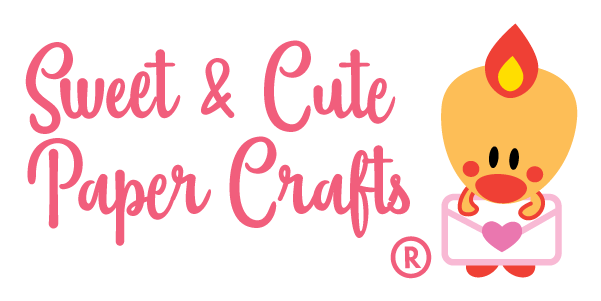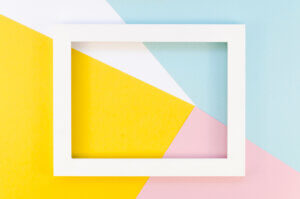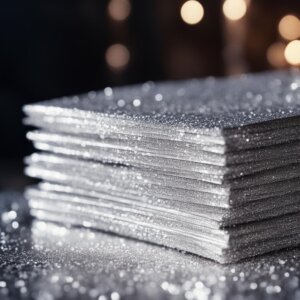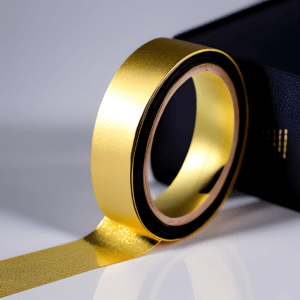Washi tape has revolutionized DIY projects and creative endeavors. But, you may be wondering if washi tape is waterproof. After all, it has a delicate appearance. So I’ve put together this guide to clear up any doubts.
It turns out that washi tape is not 100% waterproof, but is water-resistant. It’s made from special paper material and a low tack adhesive that can withstand some water exposure. So it’s a great choice for projects that may come in contact with moisture or damp environments. This has made washi tape popular for home and wall decor, including kitchen and bathroom applications. You’ll learn how to use and store washi tape safely and will get tips on how to make it last even longer against water. Let’s go!
Washi tape and its properties
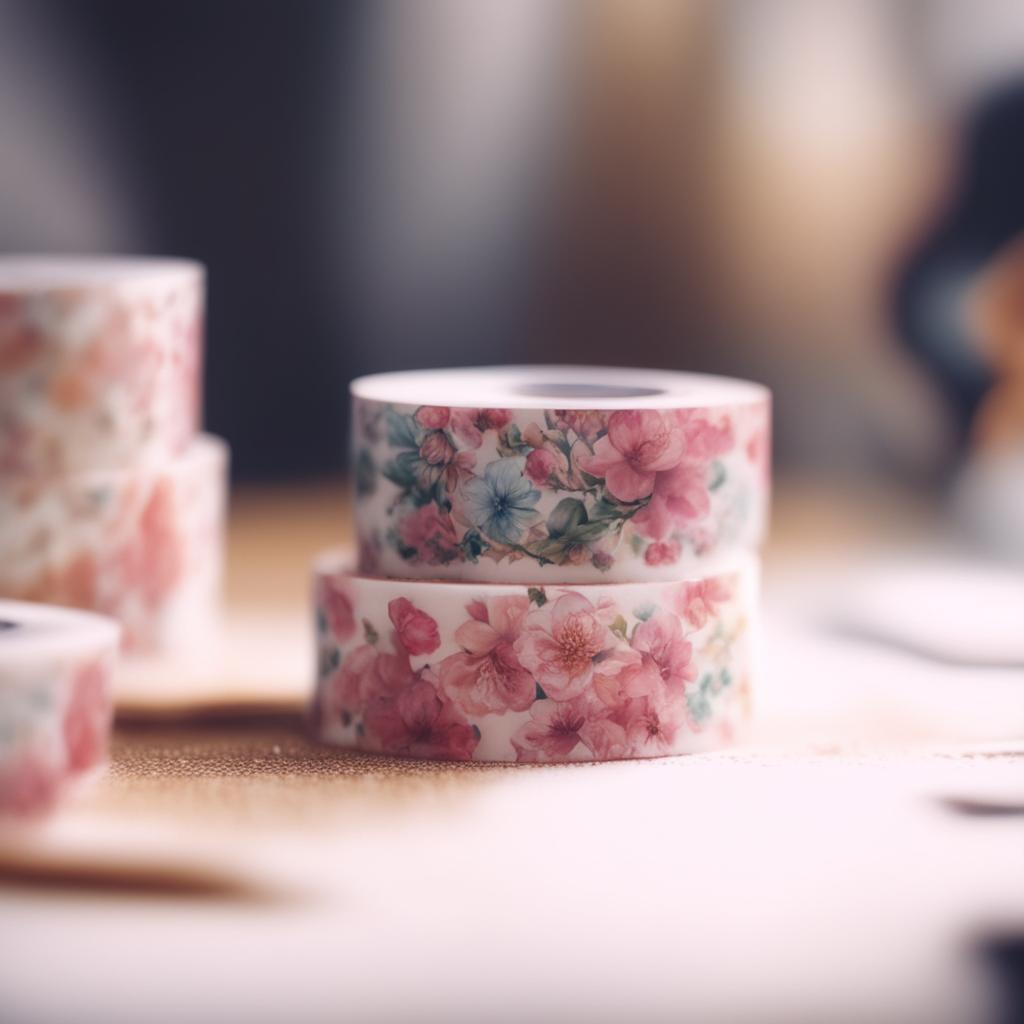
Washi tape is a versatile and colorful addition to any crafter’s collection.
Made from natural fibers such as bamboo, hemp, and rice, it’s a type of decorative paper tape that originated in Japan.
It’s perfect for adding a pop of color to scrapbook pages, cards, and other crafts, or for wrapping gifts, labeling items, and even accenting furniture.
Its unique properties make it easy to reposition and remove without leaving behind any residue.
In addition to being super-cute and colorful, washi tape also has a number of one-of-a-kind features:
- Tearable by hand
- Easy to reposition
- Can be used on paper, objects, and walls
- Semi-transparent
- Looks pretty when layered
- Easy to write on
- Handy for making notes or messages
- Super-colorful and comes in many cute designs.
Is washi tape waterproof?
Washi tape is a popular crafting and decorating material, known for its beautiful designs and versatility.
But is it waterproof?
Well, even high-quality washi tape like MT is water-resistant to a degree, but it’s not completely waterproof.
This means that while it can handle some moisture, like a small spillage, it’s not meant for projects that will be constantly exposed to water.
For example, it’s perfect for adding a fun touch to your notebook or decorating a picture frame, but it’s not the best choice for fixing a leaky pipe or a crack in a coffee mug.
Also, don’t use it to decorate things that you’ll need to wash regularly, like, for example, cups or tumblers.
However, again, it can withstand some exposure to moisture.
This makes it perfect for a variety of projects around the house.
For example, according to the manufacturer, you can use MT washi tape to decorate your bathroom or kitchen tiles.
And when you need to clean these tiles you can simply wipe them down with a damp cloth and the washi decorations will remain intact.
It’s also important to properly store your washi tape when not in use, to keep it safe from any water or moisture damage.
So, while washi tape is a beautiful and versatile material, keep in mind its limitations.
But don’t let that stop you from enjoying all the other ways it can be used in your crafting and decorating projects!
And always buy high-quality washi from reputable brands.
Is plastic “washi” waterproof?
There are also some plastic decorative “washi” scotch tapes available in stationery and craft stores and online.
Manufacturers may market them as “washi tapes” because they look similar to the cute and colorful Japanese tapes.
But they are not made of paper.
So they won’t be writable or easy to tear.
These plastic tapes can be more water-resistant than traditional washi.
However, they are not completely waterproof either.
What is the difference between waterproof and water-resistant tapes?
Waterproof and water-resistant sticky tapes are two different materials.
Waterproof materials are designed to be completely impermeable to water. That means that they will not be affected by water.
A truly waterproof tape won’t lose its adhesive strength or become damaged when exposed to water.
It’s great for rainy weather and outdoor use.
This makes waterproof tape ideal for applications which require a high level of protection from moisture.
Water-resistant tape, like washi tape, is not completely waterproof, but it does provide some protection against moisture.
It can be used in slightly damp or humid conditions, but it should not be exposed to water too much.
Water-safe uses of washi tape
Washi tape is incredibly versatile and can be used for tons of craft projects.
Here are some popular uses for washi tape where it won’t be exposed to water:
- Decorating cards, envelopes, and scrapbooks: Washi tape is often used to give an extra bit of decoration to cards, envelopes, and scrapbooks.
- Gift wrapping: Washi tape is a cool way to give a unique touch to gift wrapping. Try wrapping gifts with it and adding a few strips of tape for decoration.
- Home decor: Washi tape is often used to decorate walls, furniture, and other items in the home. It’s a great way to add a bit of personality to your living space.
- Labeling containers: Washi tape is a great way to label containers, like plastic storage boxes and jars, since you can write on it.
- Adding color to office supplies: Washi tape is perfect for adding a bit of color to your office supplies, like notebooks, pens, and pencils.
How to care for it and protect it from water
Washi tape is paper-based and not waterproof, so it needs a bit of extra care.
Here are several tips on how to care for it:
- Keep your washi tape collection in a cool, dry place away from direct sunlight.
- Store your tapes in a clear container or organizer, so you can easily see and access them, but they’ll still stay protected.
- Avoid storing washi tape in damp or humid areas, as this can cause the adhesive to lose its stickiness and the paper to become damaged.
- When using washi tape on surfaces, be careful not to get it too wet as it is not waterproof.
- To prevent curling or warping, gently press down on the edges of the tape after applying it.
- To keep your tapes in good condition, avoid exposing them to extreme heat or cold.
- To remove washi tape from surfaces, gently peel it off and avoid pulling it too quickly or forcefully, as this can cause it to tear.
- If you need to reposition your tape, gently peel it off and apply it again.
What are the waterproof washi tape alternatives?
If you’re looking for a more water-resistant or even waterproof alternative for your crafting, planners or gift wrapping, there are several options available:
- Duct tape: strong, durable, and versatile, great for creating bold designs and patterns. Many duct tapes, like Gorilla All Weather Outdoor Duct Tape, are waterproof. And all of them are really water-resistant.
- Masking tape: comes in a variety of colors and patterns, perfect for creating clean lines and borders. This kind of tape has a very good moisture resistance. After all, it protects a surface underneath from wet paint.
- Electrical tape: comes in a variety of colors, great for creating a modern, industrial look. It’s another type of tape with a high level of water resistance.
- Gaffers tape: a heavy-duty water-resistant tape that is great for creating designs on harder surfaces like wood or metal. Perfect for creating a more industrial look.
- Clear tape: perfect for gift wrapping and other packaging needs, as it is invisible and can be used to hold down ribbon or create a neat fold. Plastic clear tape may have more water resistance than some types of washi tape.
Each of these types of tape have their own benefits and drawbacks, just choose the one that best suits your needs for the project at hand.
How to make washi tape more water-resistant?
Did you know that you can make your washi tape a little more water-resistant (but still not completely waterproof)?
One way to do it is by applying a clear spray sealer on top.
It’s super-simple to do and will add an extra layer of protection.
- To start, lay out your washi tape on a flat surface, making sure it’s smooth and without any wrinkles.
- Next, take your clear spray sealer and give your tape a light misting.
- No need to spray too much, just a light coating will do the trick.
- Let the spray dry completely, and then you can use your washi tape on all your crafty projects, gift wrapping, and planners.
It’s worth noting that this method may slightly change the texture of the tape, and it’s not completely waterproof.
So don’t submerge it in water or apply it in places that will get constantly wet.
But it’s a great way to make your washi tape more durable and versatile in everyday use.
If you don’t have a spray sealer, don’t worry!
You can also use liquid glue in the same manner.
This will give your washi tape a little extra protection against water.
And if you’re looking for an alternative, a clear acrylic sealer can also do the trick.
So, don’t let the fear of water damage hold you back from using washi tape on all your crafty creations!
Washi tape is a great way to liven up your home or office. It’s a fun and decorative item, but just remember that washi tape is only water-resistant, not waterproof. So it’s best to use it on items that won’t be exposed to too much moisture or water. With a bit of care, your washi tape will last a long time!
